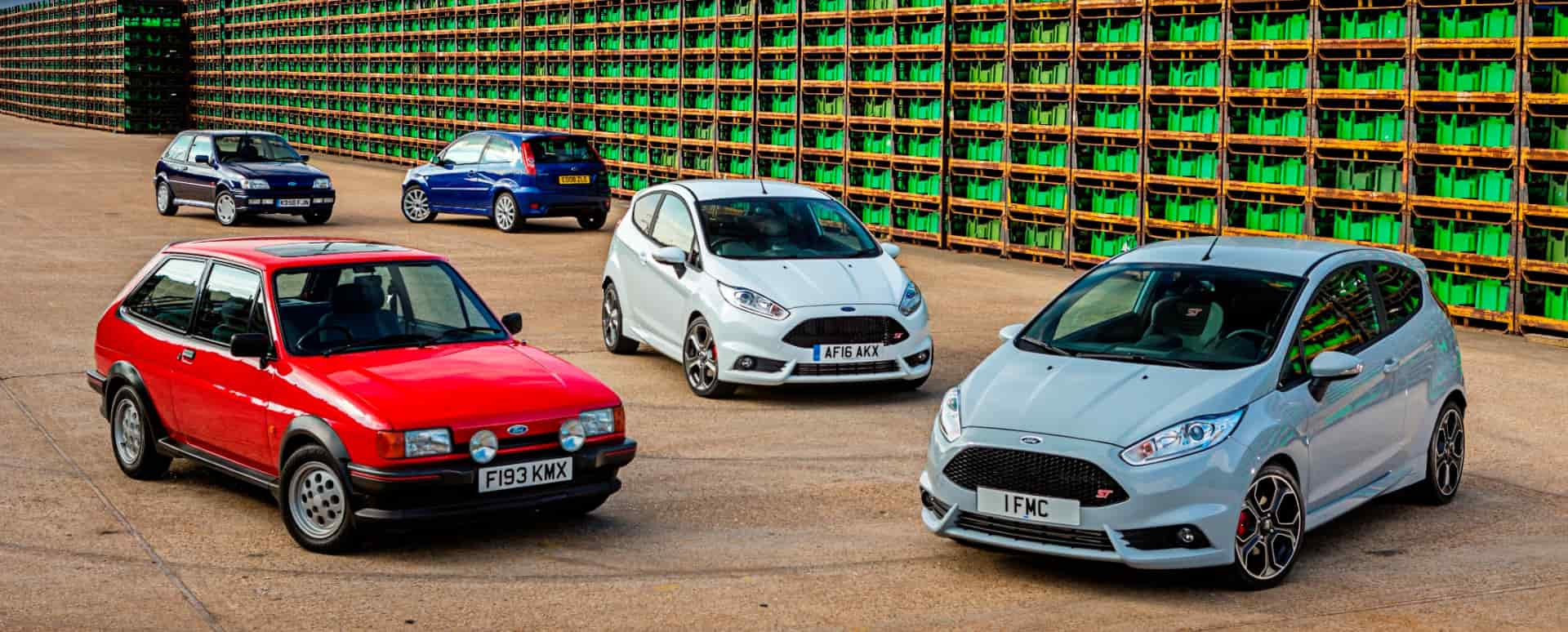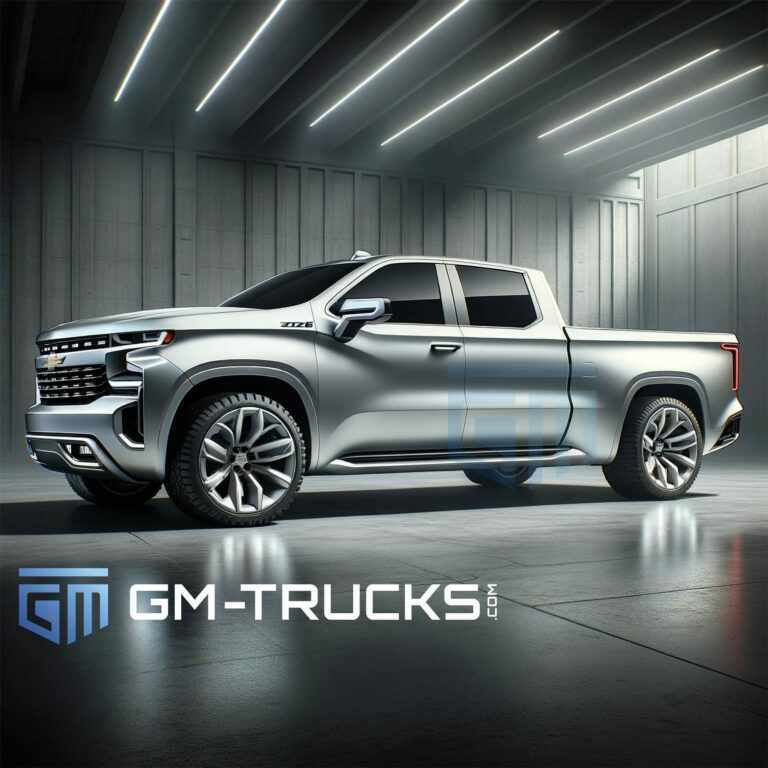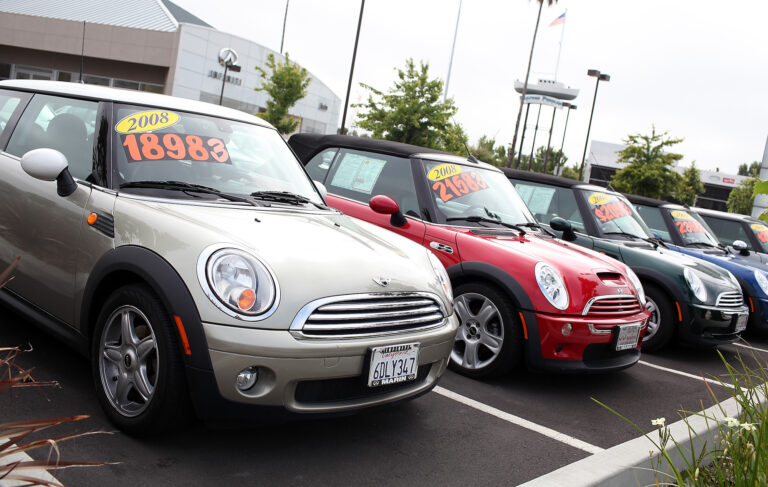Ford Ranger Flatbed Kit: Unleashing Your Truck’s Ultimate Potential
Ford Ranger Flatbed Kit: Unleashing Your Truck’s Ultimate Potential cars.truckstrend.com
The Ford Ranger, a stalwart in the mid-size pickup truck market, is celebrated for its robust performance, off-road prowess, and impressive towing capabilities. While its standard bed offers ample utility for many, a growing number of owners are discovering the transformative power of a Ford Ranger Flatbed Kit. More than just a cosmetic upgrade, a flatbed conversion fundamentally redefines the truck’s functionality, turning it into an even more versatile workhorse, an ultimate overlanding rig, or a highly customizable platform for specialized applications.
This comprehensive guide will delve into every facet of the Ford Ranger Flatbed Kit, from understanding its components and myriad benefits to navigating the installation process, exploring customization options, and addressing common concerns. Whether you’re a tradesperson needing superior cargo management, an adventurer seeking unparalleled gear capacity, or simply someone looking to maximize their Ranger’s utility, a flatbed kit offers a compelling solution.
Ford Ranger Flatbed Kit: Unleashing Your Truck’s Ultimate Potential
What is a Ford Ranger Flatbed Kit?
At its core, a Ford Ranger Flatbed Kit is a complete replacement for the factory-installed pickup bed. It typically consists of a sturdy frame or subframe that mounts directly to the Ranger’s chassis, topped with a flat, open deck. While the exact components can vary by manufacturer and design, a typical kit includes:
- Main Frame/Subframe: The structural backbone that attaches to the truck’s chassis rails.
- Decking Material: The flat surface itself, commonly made from aluminum or steel, often featuring anti-slip properties.
- Headboard/Headache Rack: A protective barrier at the front of the bed, safeguarding the cab and passengers from shifting cargo, and often providing mounting points for lights or accessories.
- Side Rails (Optional/Removable): Some kits include short, removable side rails or drop sides that can be folded down or completely detached for easier loading.
- Tail Light Relocation Brackets: Essential for ensuring road legality, as the factory tail lights are removed with the original bed.
- Fuel Filler Relocation Kit: Necessary to reposition the fuel neck, which is typically integrated into the stock bed.
- Mounting Hardware: All necessary bolts, brackets, and fasteners to secure the flatbed.
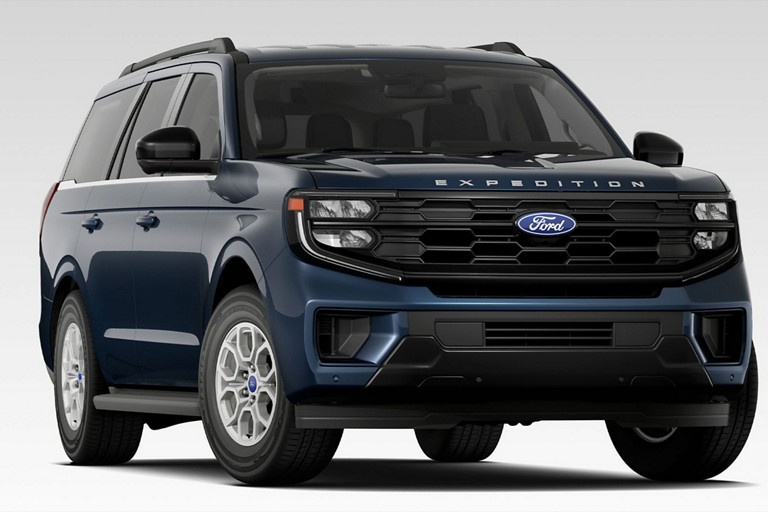
The fundamental idea is to replace the confined, wheel-well-intruded space of a traditional bed with an expansive, unobstructed platform, opening up a world of possibilities for cargo management and custom builds.
Why Choose a Flatbed for Your Ford Ranger? Unlocking Superior Utility
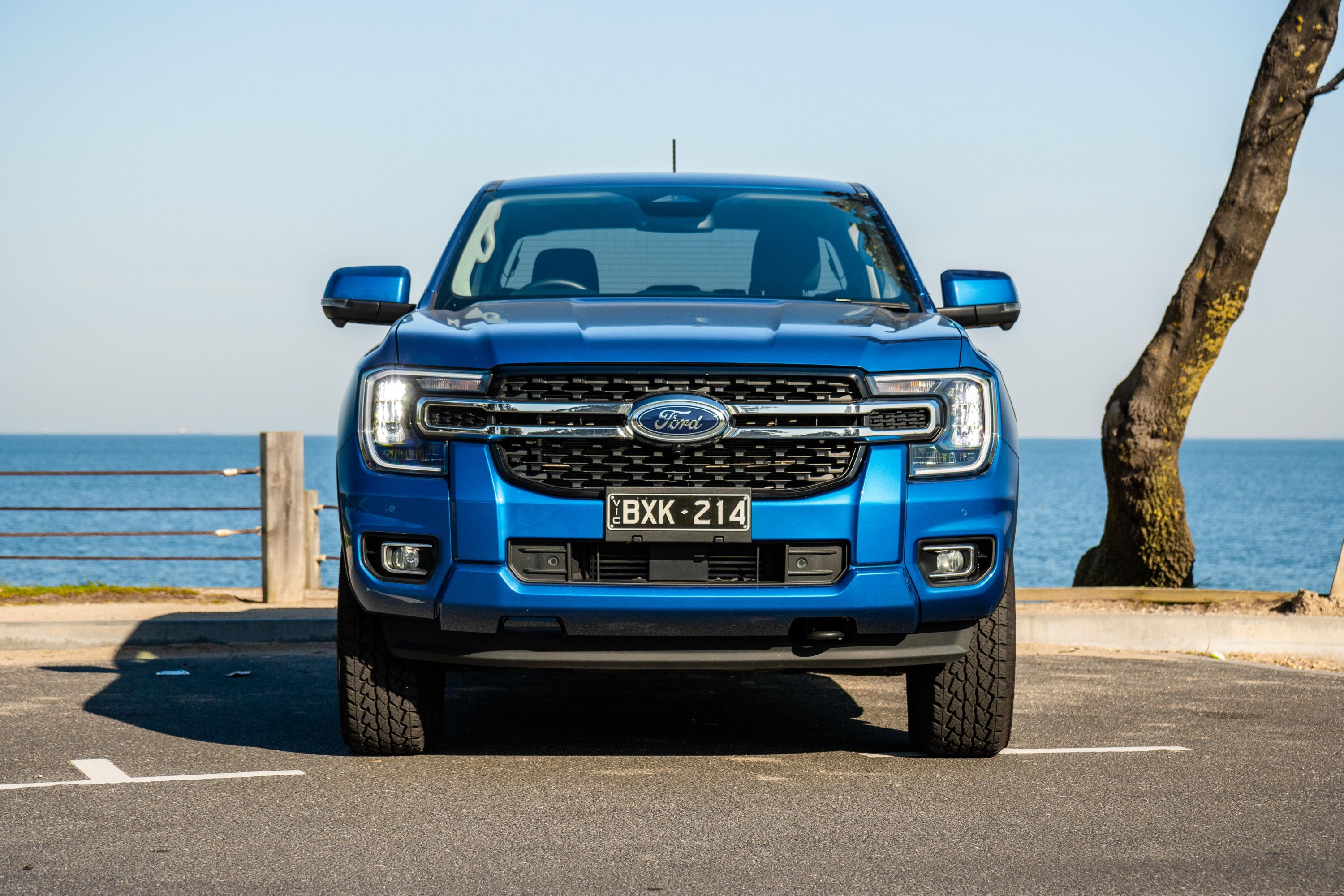
The decision to swap out your Ranger’s standard bed for a flatbed is driven by a desire for enhanced functionality and versatility. Here are the compelling benefits:
- Unmatched Cargo Capacity and Versatility: The most obvious advantage is the significantly increased usable cargo space. Without the constraints of wheel wells and the bed walls, a flatbed allows you to load wider, longer, and more awkwardly shaped items that simply wouldn’t fit in a traditional bed. Lumber, machinery, large equipment, or multiple dirt bikes can be loaded with ease from any side.
- Superior Modularity and Customization: This is where flatbeds truly shine. The flat, open platform is an ideal foundation for a wide array of custom setups. You can easily add:
- Service Bodies: For tradespeople needing organized storage for tools and equipment.
- Under-Tray Toolboxes/Drawers: Maximizing storage without encroaching on the deck space.
- Canopies and Campers: Transforming your Ranger into a formidable overlanding or camping rig, often with walk-in access and integrated living spaces.
- Custom Racks: For ladders, kayaks, or rooftop tents.
- Removable Sideboards: Allowing for quick conversion between a completely flat platform and a contained bed.
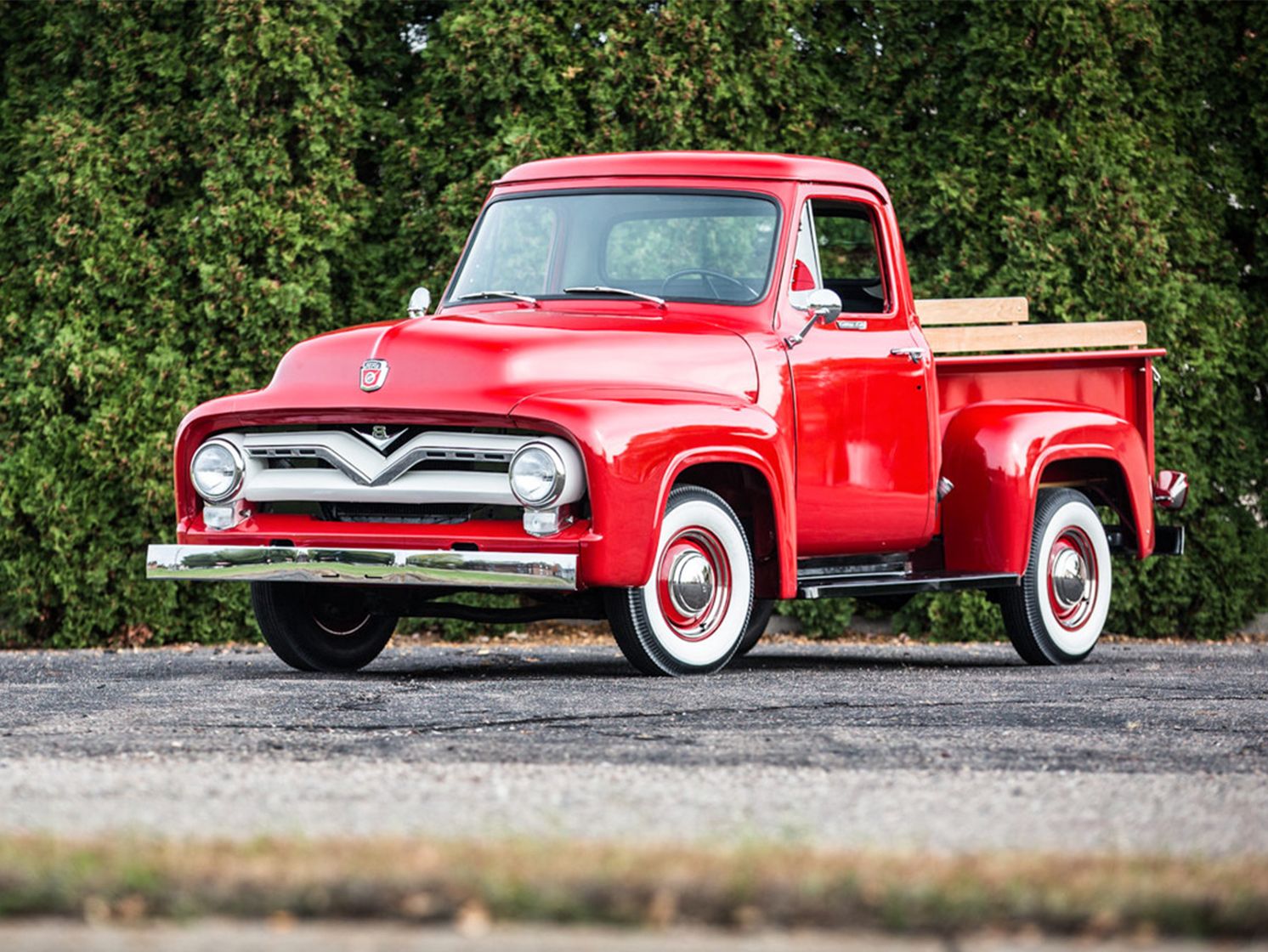
- Improved Accessibility: Loading and unloading become significantly easier. With no fixed sides, you can access your cargo from the rear, sides, or even the front (behind the headboard), making it convenient to tie down items or retrieve tools.
- Enhanced Durability and Strength: Many aftermarket flatbed kits are constructed from heavy-gauge steel or robust aluminum, often designed to withstand more rigorous use and heavier loads than a factory bed. This can be particularly beneficial for commercial applications or serious off-road adventures.
- Aesthetics and Uniqueness: While subjective, a flatbed gives the Ford Ranger a distinct, rugged, and purposeful appearance that sets it apart from other trucks on the road. It exudes a no-nonsense, work-ready, or adventure-ready vibe.
- Better Weight Distribution (Potentially): Depending on the design and material, some flatbeds can offer a slightly lower center of gravity or improved weight distribution when carrying heavy loads, contributing to more stable handling.
Types of Ford Ranger Flatbed Kits
Flatbed kits come in various configurations, primarily differing in material, design, and manufacturer focus:
- Material:
- Steel Flatbeds: Generally more affordable and incredibly strong. However, they are heavier, which can impact payload capacity and fuel economy, and are susceptible to rust if not properly maintained and coated.
- Aluminum Flatbeds: Lighter than steel, leading to less impact on payload and fuel economy. They are also corrosion-resistant, making them ideal for coastal or wet environments. The trade-off is typically a higher initial cost.
- Design and Features:
- Basic Flat Deck: A simple, open platform with a headboard. Ideal for those who need maximum open space or plan extensive custom fabrication.
- Integrated Toolboxes/Drawers: Many premium kits feature built-in, weather-sealed toolboxes or trundle drawers beneath the deck, offering secure and organized storage without compromising the main flat surface.
- Removable/Folding Sides: Some designs incorporate short, removable, or fold-down sides that provide a contained bed when needed, but can be dropped for flat loading.
- Modular Systems: Kits designed with integrated mounting tracks or pre-drilled holes for easy attachment of various accessories like ladder racks, water tanks, or spare tire carriers.
- Manufacturer vs. Custom:
- Pre-fabricated Kits: Available from specialized manufacturers (e.g., Ute Ltd., Norweld, MRT, specific domestic brands). These are designed to be bolt-on solutions, ensuring compatibility and often come with all necessary components.
- Custom Builds: For those with specific, highly specialized needs, a custom flatbed can be fabricated by a professional shop. This offers ultimate customization but is generally more expensive and time-consuming.
Key Considerations Before Installation
Converting to a flatbed is a significant modification. Careful planning is crucial:
- Vehicle Compatibility: Ensure the chosen flatbed kit is specifically designed for your Ford Ranger generation (e.g., PX1, PX2, PX3, Next-Gen T6.2). Mounting points and chassis dimensions vary.
- Legal Requirements: Research local and state regulations regarding vehicle modifications. This includes overall width, lighting requirements (brake, tail, turn signals, reverse), mudguards, and reflective tape. Ensure the kit comes with or allows for compliant lighting solutions.
- Weight and Payload: A flatbed, especially a steel one, will add weight to your vehicle. This directly reduces your available payload capacity. Consider if your suspension needs upgrading (e.g., heavy-duty leaf springs, upgraded shocks) to handle the increased tare weight and potential heavier loads.
- Installation Complexity: While some kits are designed for confident DIYers, professional installation is highly recommended for safety and compliance. It often involves precise measurements, drilling, wiring, and potentially welding.
- Cost: Beyond the kit itself, factor in professional installation, potential suspension upgrades, and any desired accessories (toolboxes, canopies, etc.).
- Resale Value: While a flatbed enhances utility for specific users, it might narrow your market if you decide to sell the truck later.
- Towing Implications: Ensure the new flatbed does not interfere with your tow hitch or wiring. Some kits integrate provisions for towing.
Installation Process: A General Guide
The installation of a Ford Ranger Flatbed Kit is a multi-step process. While specific steps vary by kit, here’s a general overview:
- Preparation:
- Safely disconnect the battery.
- Remove the factory pickup bed. This involves disconnecting tail lights, fuel filler hose, and unbolting the bed from the chassis.
- Clean the chassis rails thoroughly.
- Flatbed Mounting:
- Position the flatbed frame/subframe onto the Ranger’s chassis rails.
- Align the mounting points and securely bolt the flatbed to the chassis. This often requires precise drilling into the chassis, which is why professional installation is recommended.
- Wiring and Lighting:
- Relocate and re-wire the tail lights, brake lights, turn signals, and reverse lights to the new flatbed’s provisions. Many kits come with new LED light units and wiring harnesses.
- If your Ranger has rear parking sensors or a reverse camera, these will need to be relocated and wired into the new setup.
- Fuel Filler Relocation:
- Install the provided fuel filler relocation kit. This typically involves extending or rerouting the fuel filler hose and securing the new filler neck assembly.
- Finishing Touches:
- Install any optional components like under-tray toolboxes, sideboards, or a ladder rack.
- Ensure all bolts are torqued to specification.
- Perform a thorough check of all lights and electrical connections.
Maximizing Your Ford Ranger Flatbed
Once installed, the real fun begins: customizing your flatbed to suit your specific needs.
- Work Utility:
- Under-Tray Toolboxes: Perfect for secure, weather-resistant storage of tools, straps, and recovery gear.
- Ladder Racks: For tradespeople, a robust ladder rack is essential.
- Custom Shelving/Drawers: For highly organized access to specific items.
- Overlanding and Camping:
- Slide-on Campers: Many manufacturers offer lightweight, compact campers specifically designed for flatbed trucks, providing a comfortable living space.
- Canopy Systems: A custom canopy built on the flatbed offers weather-protected storage and can be outfitted with slide-out kitchens, fridges, and sleeping platforms.
- Water Tanks/Fuel Tanks: Under-tray water or auxiliary fuel tanks can greatly extend your range and self-sufficiency.
- Spare Tire Mounts: Often mounted on the headboard or a custom rear rack.
- General Maintenance: Regularly inspect all mounting points for tightness, check wiring for wear, and keep the flatbed clean to prevent corrosion, especially with steel units.
Challenges and Solutions
While highly beneficial, flatbed conversions can present a few challenges:
- Increased Weight & Suspension Sag:
- Solution: Upgrade your suspension with heavy-duty leaf springs, upgraded shock absorbers, or even airbag helper kits to maintain ride height and handle increased loads.
- Fuel Filler Relocation Complexity:
- Solution: Ensure your kit includes a dedicated fuel filler relocation solution. Some require professional welding or extensive rerouting.
- Rear Camera and Sensor Relocation:
- Solution: Many kits offer specific brackets and wiring extensions to remount these essential safety features. Confirm compatibility before purchase.
- Legal Compliance:
- Solution: Double-check all dimensions, lighting, and reflective requirements for your region. Choose a kit from a reputable manufacturer that adheres to standards.
- Higher Center of Gravity (with tall loads/canopies):
- Solution: Be mindful when driving, especially around corners. Suspension upgrades can also help mitigate body roll.
Ford Ranger Flatbed Kit Price Table (Estimates)
Please note: Prices are highly variable based on material, brand, features, and region. These are estimated ranges in USD and do not include shipping or taxes.
| Component/Type | Estimated Price Range (USD) | Description |
|---|---|---|
| Basic Steel Flatbed Kit | $2,500 – $5,000 | Entry-level, sturdy steel deck, basic frame, simple headache rack. No integrated storage. |
| Basic Aluminum Flatbed Kit | $4,000 – $8,000 | Lighter, corrosion-resistant aluminum deck, basic frame, simple headache rack. |
| Premium Aluminum Flatbed Kit (Integrated) | $8,000 – $15,000+ | High-end aluminum construction, often includes integrated under-tray toolboxes, trundle drawers, modular mounting points, and advanced lighting provisions. |
| Installation Cost (Professional) | $500 – $2,000 | Varies significantly based on shop rates, kit complexity, and whether wiring/sensor relocation is included. |
| Optional Accessories (per item/set) | ||
| Under-Tray Toolboxes (Pair) | $300 – $1,000+ | Weather-sealed boxes for secure storage. |
| Trundle Drawer (Full Width) | $800 – $2,000+ | Slide-out drawer for long items or recovery gear. |
| Ladder Rack / Headboard Extensions | $200 – $800 | For carrying long items like ladders or pipes. |
| Water Tank (Under-Tray) | $300 – $700 | Fresh water storage for camping/overlanding. |
| Spare Tire Carrier (Deck or Headboard Mount) | $150 – $500 | Secure mounting for an extra spare tire. |
| Suspension Upgrade (if needed) | $1,000 – $3,000+ | Heavy-duty leaf springs, upgraded shocks, or airbags to compensate for increased weight and maintain ride height/load capacity. |
Frequently Asked Questions (FAQ) about Ford Ranger Flatbed Kits
Q1: Is a flatbed conversion legal for my Ford Ranger?
A1: Generally, yes, but it’s crucial to check your local and state vehicle modification laws. Key areas to confirm are overall vehicle width, proper lighting (tail lights, brake lights, turn signals, reflectors), and mudguard requirements. Reputable kit manufacturers usually design their products to meet common regulations.
Q2: Will installing a flatbed void my Ford Ranger’s warranty?
A2: Modifying your vehicle can potentially affect your warranty. While the Magnuson-Moss Warranty Act prevents manufacturers from voiding a warranty solely because of an aftermarket part, they can deny warranty claims for failures directly caused by the modification. It’s best to discuss with your Ford dealership beforehand. Failures unrelated to the flatbed should still be covered.
Q3: How much more weight can a flatbed carry compared to a standard bed?
A3: The flatbed itself has a "tare" (empty) weight, which reduces your available payload capacity. However, the design of a flatbed often allows for more efficient distribution of heavier, bulkier loads, and many aftermarket flatbeds are structurally stronger than a stock bed. Your actual carrying capacity is limited by your Ranger’s Gross Vehicle Weight Rating (GVWR) and Gross Axle Weight Rating (GAWR). You may need suspension upgrades to fully utilize the flatbed’s potential for heavy loads.
Q4: Can I install a Ford Ranger flatbed kit myself?
A4: While some mechanically inclined individuals might attempt a DIY installation, it’s a complex process involving chassis drilling, precise alignment, and extensive electrical wiring. For safety, legal compliance, and peace of mind, professional installation by an experienced workshop is highly recommended.
Q5: Do flatbed kits come with new tail lights and wiring?
A5: Most comprehensive flatbed kits include new LED tail light assemblies and wiring harnesses designed to integrate with your Ranger’s electrical system. This is essential as the original tail lights are part of the factory bed.
Q6: What happens to the fuel filler when I remove the original bed?
A6: The fuel filler neck is typically integrated into the original bed. A good flatbed kit will include a fuel filler relocation kit, which provides a new filler neck assembly and the necessary hoses/brackets to move the filler point to a convenient location on the flatbed, often on the side or rear.
Q7: Does a flatbed impact my Ranger’s towing capacity?
A7: A flatbed itself generally does not directly reduce the vehicle’s maximum towing capacity, which is determined by the powertrain, chassis, and hitch rating. However, the added weight of the flatbed does reduce your available payload. If you load the flatbed heavily, you’ll have less remaining payload for tongue weight from a trailer, which could indirectly limit your practical towing capability. Always stay within your truck’s GVWR and GCWR (Gross Combined Weight Rating).
Conclusion
The Ford Ranger Flatbed Kit represents a significant and highly beneficial upgrade for owners seeking to push the boundaries of their truck’s utility and versatility. By replacing the traditional bed with an expansive, customizable platform, the Ranger transforms into an even more capable vehicle for work, adventure, or specialized applications.
While the conversion requires careful planning, a solid understanding of the implications, and potentially a professional installation, the rewards are immense. From enhanced cargo management and modular accessory integration to a rugged aesthetic and improved accessibility, a flatbed truly unlocks the Ford Ranger’s ultimate potential. For those ready to invest in unparalleled functionality, the flatbed conversion is a decision that will undoubtedly elevate their Ranger experience for years to come.
